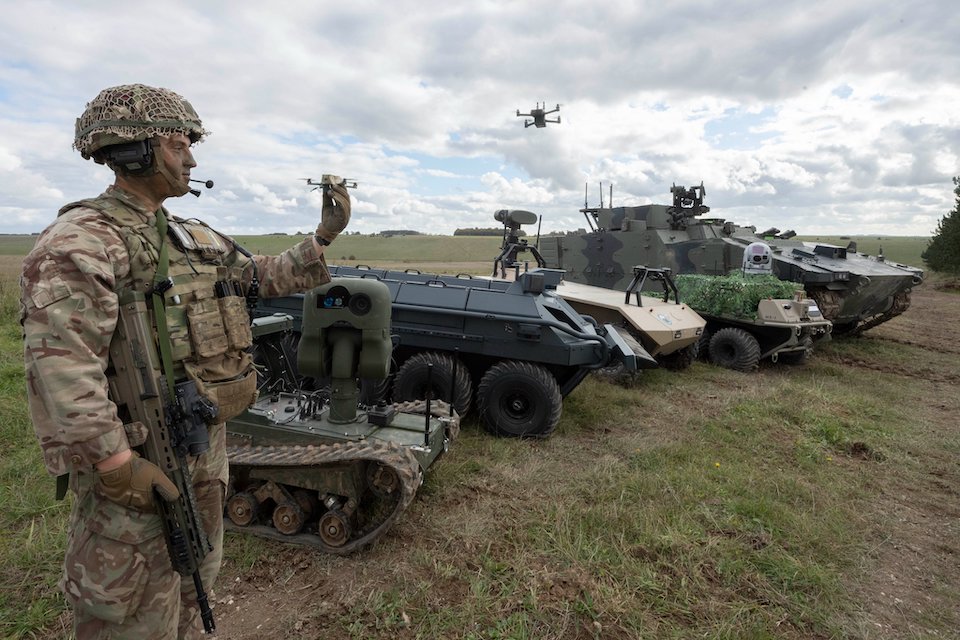Systems designed to help personnel deal with incoming threats more quickly tested during NATO exercise
Credit: Defence Images/Crown Copyright/CC BY-SA 2.0
The Royal Navy has made its first at-sea use of artificial intelligence (AI) software to track supersonic missile attacks, as part of a NATO exercise taking place off the Hebrides.
HMS Dragon, a destroyer, and frigate HMS Lancaster are testing how two AI software packages can support personnel in reacting to missile threats. Startle monitors airspace and generates alerts and recommendations, while Sycoiea builds on this to identify incoming missiles and recommend weapons to deal with them.
The AI software is designed to help personnel react faster, rather than replacing them. “I was able identify missile threats more quickly than usual and even outwit the operations room,” said above water tactician leading seaman Sean Brooks on HMS Lancaster. “Observing Startle and Sycoiea augment the human warfighter in real time against a live supersonic missile threat was truly impressive – a glimpse into our highly-autonomous future,” added the ship’s weapon engineer officer lieutenant commander Adam Leveridge.
“The Royal Navy’s use of AI for the first time at sea is an important development in ensuring readiness to tackle threats we may face,” added Scottish Secretary Alister Jack.
The tests involve staff from the government’s Defence Science and Technology Laboratory (DSTL) and suppliers Roke, CGI and BAE Systems. They are taking place as part of Nato’s Formidable Shield exercise, held every two years. The 2021 exercise, which runs from 15 May to 3 June, is primarily taking place at the MoD Hebrides range managed by QinetiQ and involves 3,300 personnel on 15 ships and dozens of aircraft from 10 countries.
The Royal Navy and DSTL have shown increasing interest in using AI to support operations, something that DSTL’s recently-departed chief executive Gary Aitkenhead told Civil Service World was something the organisation needed to “get faster” on in 2019.
Last year, DSTL published a contract notice focused on developing software that would use data to help surface ships make better predictions on hostile submarine movements. In January this year, the Royal Navy said it planned to implement its first autonomous minesweeping vessel by the end of 2022.



